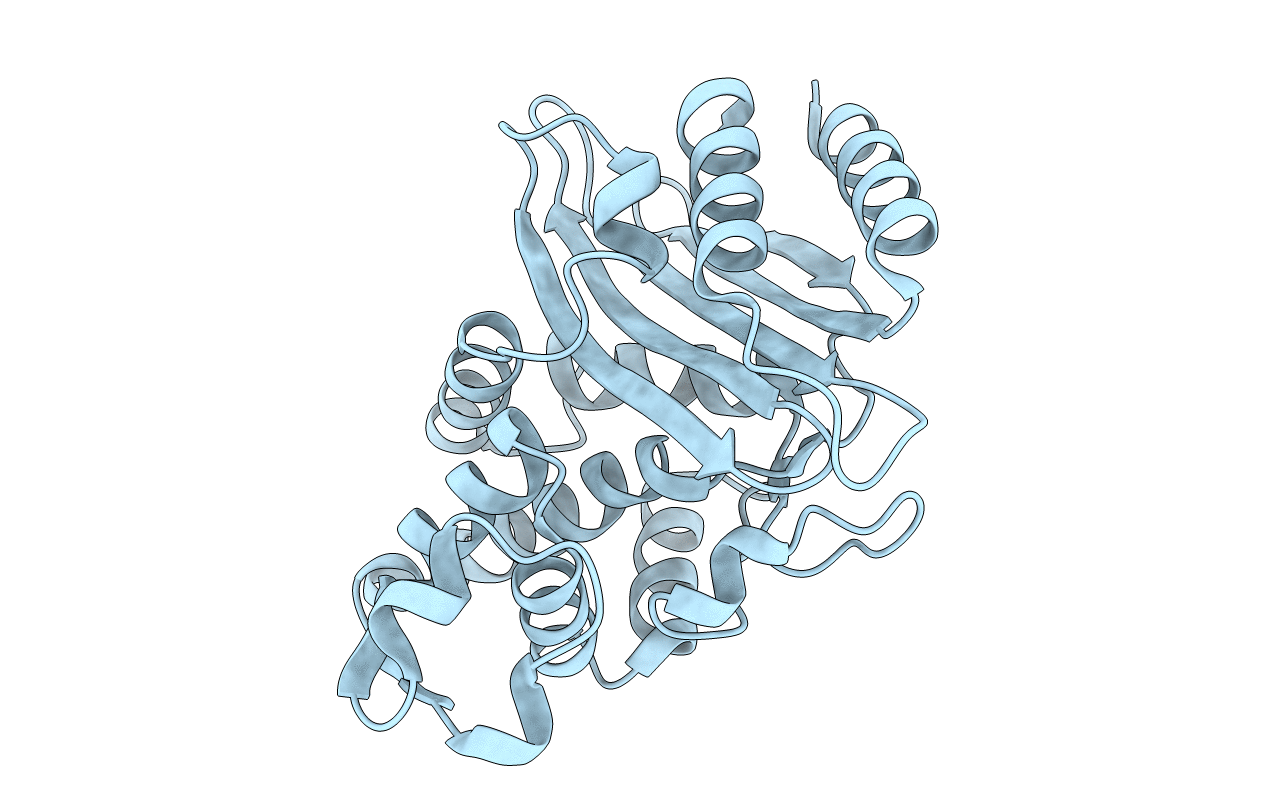
Deposition Date
2019-12-04
Release Date
2020-04-22
Last Version Date
2023-10-11
Method Details:
Experimental Method:
Resolution:
2.30 Å
R-Value Free:
0.25
R-Value Work:
0.18
R-Value Observed:
0.18
Space Group:
P 41 21 2


